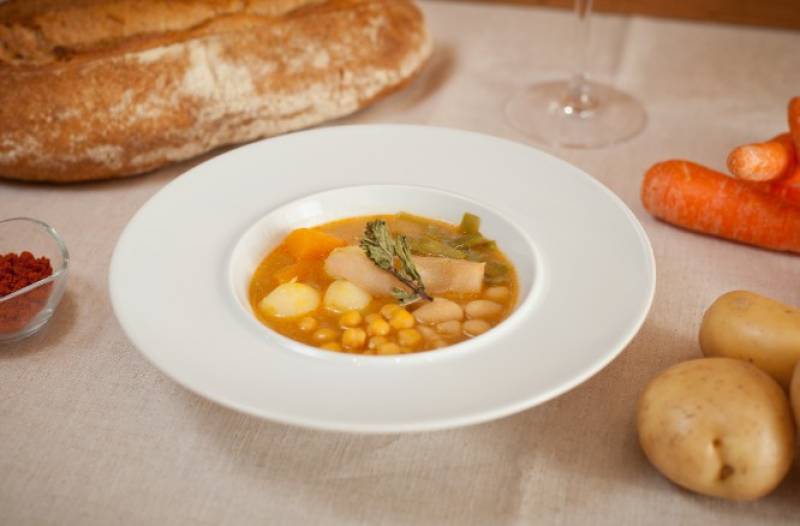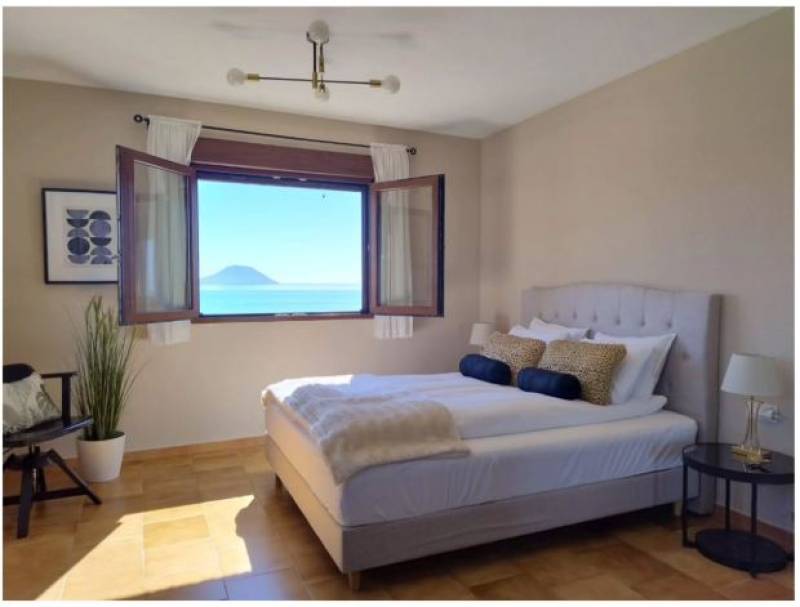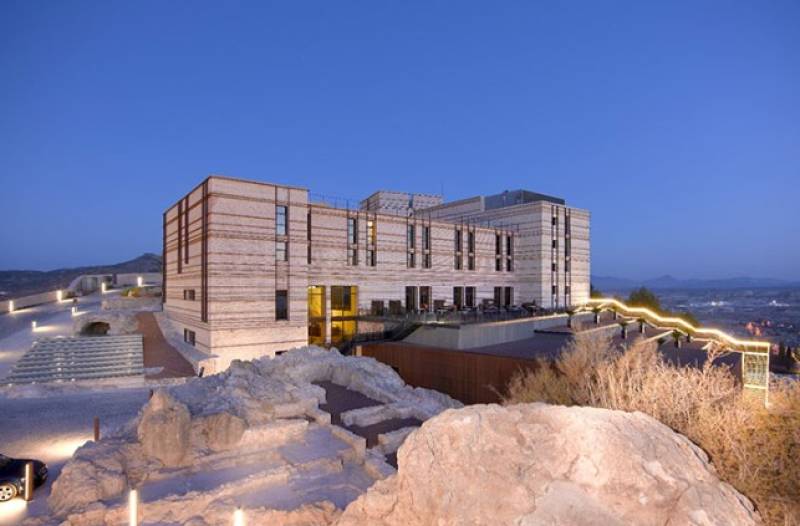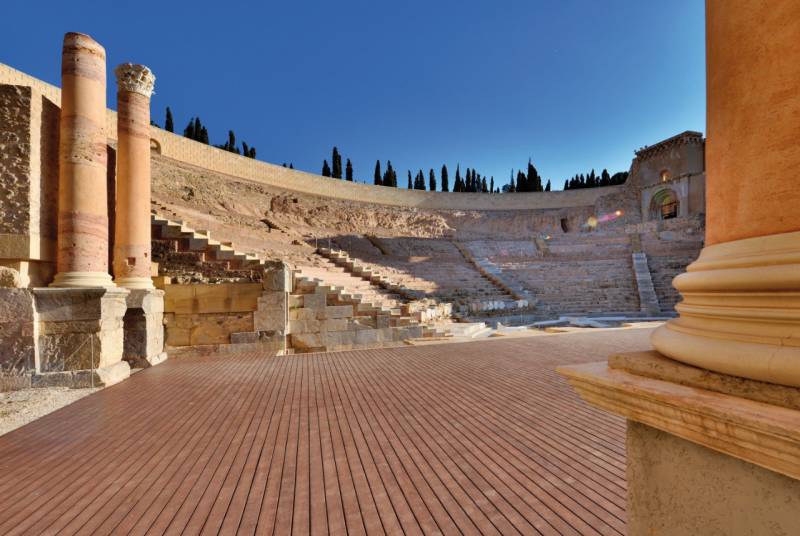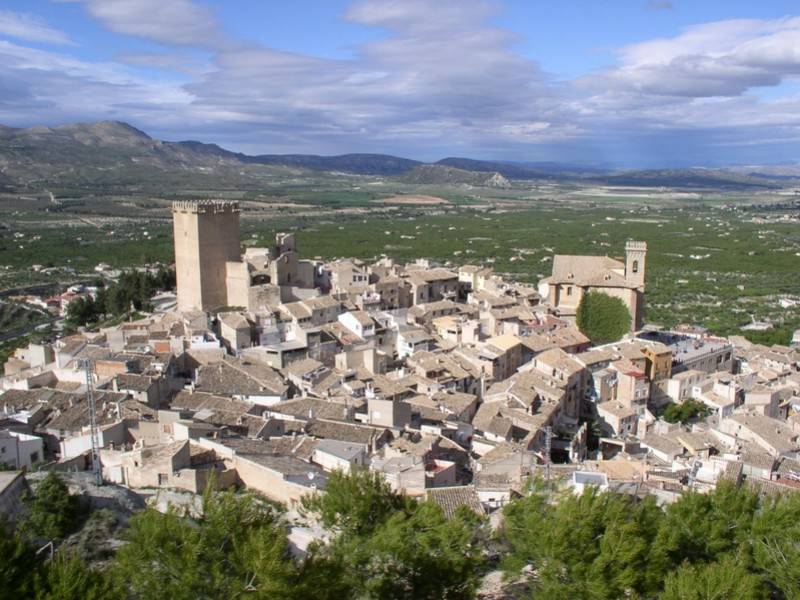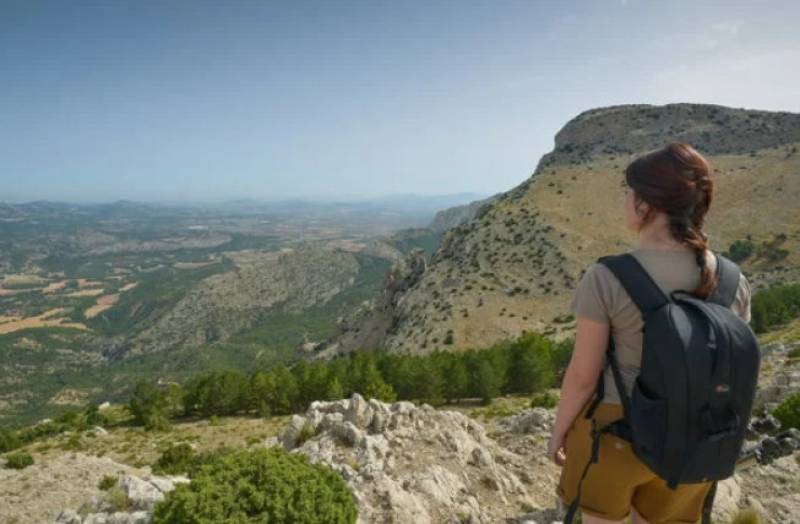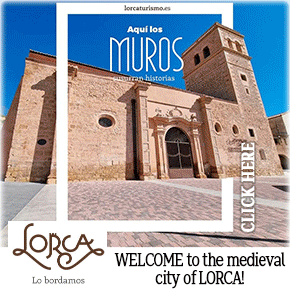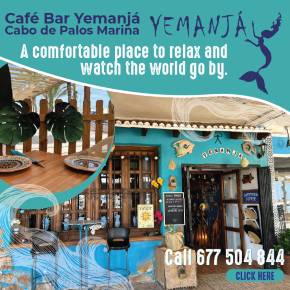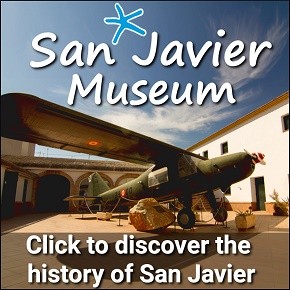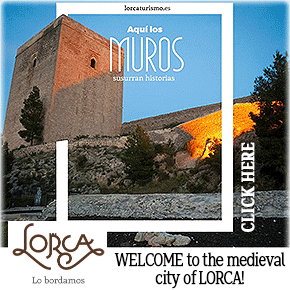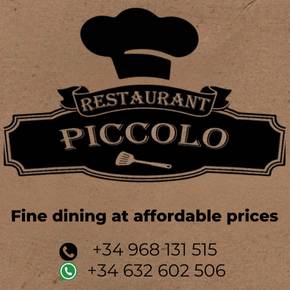- Region
- Águilas
- Alhama de Murcia
- Jumilla
- Lorca
- Los Alcázares
- Mazarrón
- San Javier
-
ALL AREAS & TOWNS
- AREAS
- SOUTH WEST
- MAR MENOR
- MURCIA CITY & CENTRAL
- NORTH & NORTH WEST
- TOWNS
- Abanilla
- Abarán
- Aguilas
- Alamillo
- Alcantarilla
- Aledo
- Alhama de Murcia
- Archena
- Balsicas
- Blanca
- Bolnuevo
- Bullas
- Cañadas del Romero
- Cabo de Palos
- Calasparra
- Camping Bolnuevo
- Campo De Ricote
- Camposol
- Canada De La Lena
- Caravaca de la Cruz
- Cartagena
- Cehegin
- Ceuti
- Cieza
- Condado de Alhama
- Corvera
- Costa Cálida
- Cuevas De Almanzora
- Cuevas de Reyllo
- El Carmoli
- El Mojon
- El Molino (Puerto Lumbreras)
- El Pareton / Cantareros
- El Raso
- El Valle Golf Resort
- Fortuna
- Fuente Alamo
- Hacienda del Alamo Golf Resort
- Hacienda Riquelme Golf Resort
- Isla Plana
- Islas Menores & Mar de Cristal
- Jumilla
- La Azohia
- La Charca
- La Manga Club
- La Manga del Mar Menor
- La Pinilla
- La Puebla
- La Torre
- La Torre Golf Resort
- La Unión
- Las Palas
- Las Ramblas
- Las Ramblas Golf
- Las Torres de Cotillas
- Leiva
- Librilla
- Lo Pagan
- Lo Santiago
- Lorca
- Lorquí
- Los Alcázares
- Los Balcones
- Los Belones
- Los Canovas
- Los Nietos
- Los Perez (Tallante)
- Los Urrutias
- Los Ventorrillos
- Mar De Cristal
- Mar Menor
- Mar Menor Golf Resort
- Mazarrón
- Mazarrón Country Club
- Molina de Segura
- Moratalla
- Mula
- Murcia City
- Murcia Property
- Pareton
- Peraleja Golf Resort
- Perin
- Pilar de la Horadada
- Pinar de Campoverde
- Pinoso
- Playa Honda
- Playa Honda / Playa Paraíso
- Pliego
- Portmán
- Pozo Estrecho
- Puerto de Mazarrón
- Puerto Lumbreras
- Puntas De Calnegre
- Region of Murcia
- Ricote
- Roda Golf Resort
- Roldan
- Roldan and Lo Ferro
- San Javier
- San Pedro del Pinatar
- Santiago de la Ribera
- Sierra Espuña
- Sucina
- Tallante
- Terrazas de la Torre Golf Resort
- Torre Pacheco
- Totana
- What's On Weekly Bulletin
- Yecla


- EDITIONS:
 Spanish News Today
Spanish News Today
 Alicante Today
Alicante Today
 Andalucia Today
Andalucia Today
The Carthaginians and Romans fiestas, a legacy of the rich past of Cartagena
Few cities can match the heady mix of history, culture and tradition in the September fiestas of Cartagena!
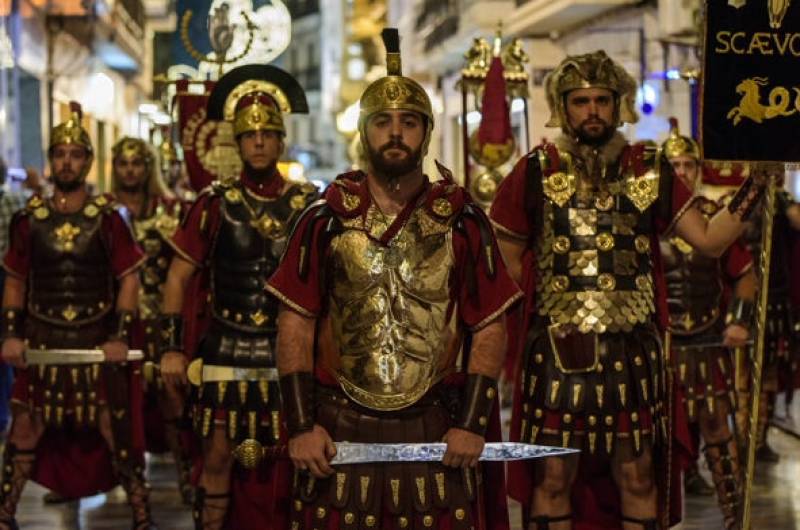 Every year in September, when the heat of summer is beginning to die down, the city of Cartagena goes back to a time more than 200 years before the birth of Christ when in the space of a few years it was known first as Qart-Hadast and then as Carthago Nova, as it celebrates the annual fiestas of the Carthagineses y Romanos.
Every year in September, when the heat of summer is beginning to die down, the city of Cartagena goes back to a time more than 200 years before the birth of Christ when in the space of a few years it was known first as Qart-Hadast and then as Carthago Nova, as it celebrates the annual fiestas of the Carthagineses y Romanos.
Held to commemorate the rich history of the city, the fiestas have now become an essential part of Cartagena’s cultural identity in their own right, and were declared an event of International Tourist Interest in 2017, twenty-seven years after they were first celebrated. The fiesta season lasts 10 days, starting in 2025 on 19th September and coming to a close on the 28th.
The fiesta schedule is based on what we know of the historical events in the city between 227 BC, when Qart-Hadast was founded by Hasdrubal Barca (the brother of Hannibal) and 209 BC, when the city was conquered in battle by the Roman general Publius Cornelius Scipio Africanus. What follows below is a summary of the most important events during the impressive reconstruction of history…
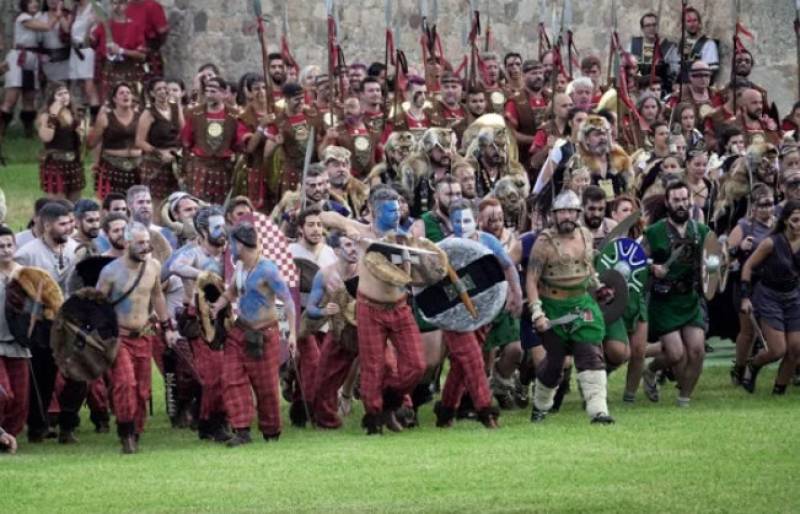 Troops and legions
Troops and legions
In a way which bears some similarities to cities divided by allegiances to football teams, the residents of Cartagena tend to support either the Carthaginian Troops or the Roman Legions during the fiestas, and the organizing committee is in fact the “Federation of Troops and Legions”.
There are a total of 25 troops, among them historical figures such as Hannibal and Imilce (Himilce in Spanish), and they are matched by the opposing 25 legions, led by figures like Publius Cornelius Scipio and his wife Emilia Paula.
The most important days and reenactments
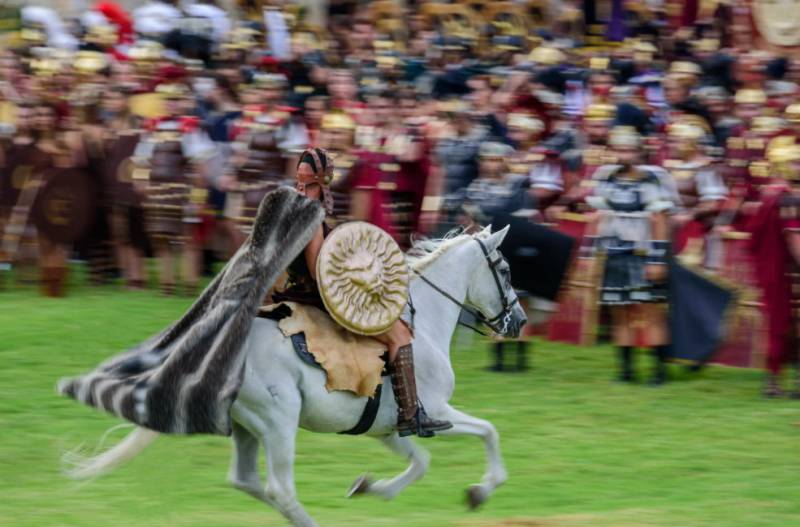 Over the course of the 10 days a large number of dramatized recreations of historical events are held, alongside other official, cultural and entertainment activities.
Over the course of the 10 days a large number of dramatized recreations of historical events are held, alongside other official, cultural and entertainment activities.
The first Friday: the lighting of the fiestas flame
The opening day of the fiestas gets under way with the opening speech and the carrying of the Sacred Flame in an Olympic-style torch along a route which takes in the most important historical monuments in Cartagena before it is installed for the duration of the Carthagineses y Romanos. This is accompanied by ritual dances and invocations of the Punic and Roman gods.
The first weekend, the founding of the city and the drums of war
On the first Saturday a reenactment takes place of the foundation of Qart-Hadast by Hasdrubal (there is also a children’s version in the morning), while on Sunday the solemn Dies Lustricus gives way to the Destruction of Sagunto, where Hannibal’s attacked sparked the Second Punic War (declared at the “irreverent” session of the Roman Senate).
During the week
Monday sees the wedding of Hannibal and Imilce, while on Tuesday night in an atmospheric ceremony the Oracle of Tanit performs a mysterious ritual and offers her insights into the future of the city.
Wednesday is children’s day, with the “Pruebas de Aspar” games, as well as the Swearing of Hostility by the Romans and the “Feriae Latino”, a gastronomic event in the Roman section of the fiestas encampment. The day ends with the children’s parade and the “Comicios Centuriados”, in which the Romans plan their attack.
The highlights on Thursday are the arrival of the Carthaginian army by boat in the port, the contracting of mercenaries and the departure of Hannibal for Rome with his troops, elephants and a great show of military might. As night falls, the “Designio de los Dioses” reveals the foretold outcome of the imminent battle.
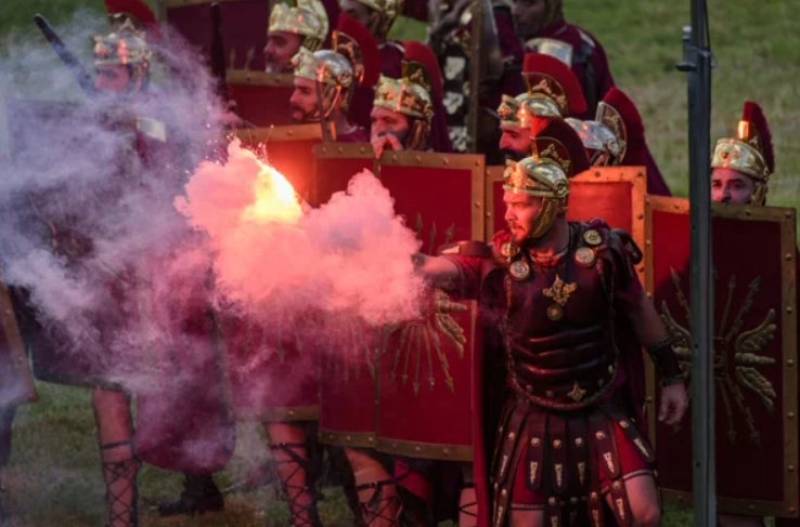 The second Friday, the Conquest of Qart-Hadast
The second Friday, the Conquest of Qart-Hadast
Today sees the climax of the armed conflict, starting with the sea battle in the port and continuing with the arrival by boat of the Roman army. The Battle for the Conquest of Qart-Hadast is watched by a massive crowd on the green area of the Cuesta del Batel and features catapults, cavalry, infantry and all the noise and spectacle associated with the fight, before the day ends with the military parade of the Romans as they proclaim the founding of the new city of Carthago Nova.
The second Saturday, homage and unity
On Saturday a tribute is paid to those fallen in battle and there is a celebration of the Release of Hostages as well as the unique handing over of the “Doble Corona Mural”. The general parade in the evening is the only one in which both Carthaginian troops and Roman legions are seen together as they provide a true spectacle of music, flags and the machinery of war.
A glorious end on the second Sunday
The Roman Circus features gladiators, races and acrobats before the Sacred Flame is extinguished and a huge firework display signals the end of 10 days of living history…. until next year!
Further details regarding the ceremonial events during the fiestas are available in Spanish at the website of the Federation, and in 2024 the official program was published in English for the first time!
A city proud of its historical heritage
 Alongside all of the dramatized reenactments and ceremonies, the whole city puts on its party hat and heads, mostly, for the encampment, where the festivities go on every night into the early hours of the morning. The arts and crafts market is another popular attraction, and all over the city centre bars and restaurants do a brisk trade as both locals and visitors enjoy the gastronomic delights of Cartagena!
Alongside all of the dramatized reenactments and ceremonies, the whole city puts on its party hat and heads, mostly, for the encampment, where the festivities go on every night into the early hours of the morning. The arts and crafts market is another popular attraction, and all over the city centre bars and restaurants do a brisk trade as both locals and visitors enjoy the gastronomic delights of Cartagena!
It is estimated that every year over 200,000 people enjoy the fiestas, and the figures continue to rise as the programme of events expands!
Source: ITREM
Sign up for the Spanish News Today Editors Roundup Weekly Bulletin and get an email with all the week’s news straight to your inbox
Special offer: Subscribe now for 25% off (36.95 euros for 48 Bulletins)
OR
you can sign up to our FREE weekly roundup!
Read some of our recent bulletins:
Discount Special Offer subscription:
36.95€ for 48 Editor’s Weekly News Roundup bulletins!
Please CLICK THE BUTTON to subscribe.
(List price 3 months 12 Bulletins)
Read more stories from around Spain:










